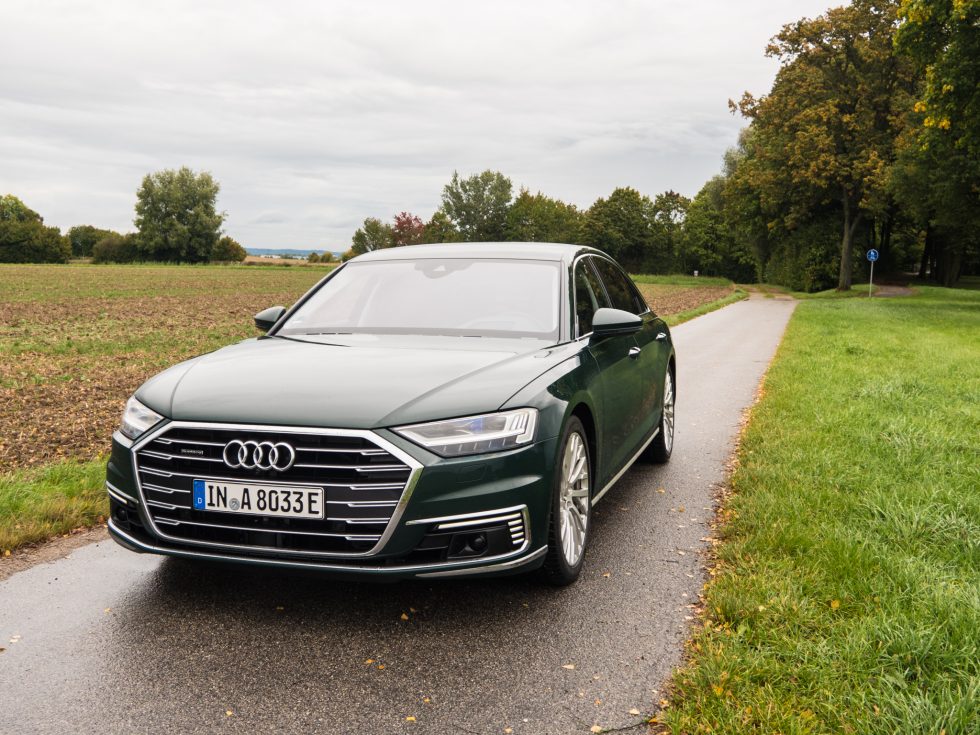As it mobilizes its supply chain, employees, and partners to provide personal protective equipment to medical workers and others working to stop the spread of the COVID-19 epidemic, Apple has sourced over 20 million face masks and is now building and shipping face shields, according to a statement from chief executive Tim Cook.
The company is working with governments around the world to distribute its supply of face masks to where it’s needed most.
Meanwhile, the first delivery of the company’s Apple face shields went out to Kaiser hospital facilities in the Santa Clara valley earlier this week, according to Cook.
As Cook noted, the masks pack flat and ship 100 to a box. They can be assembled in less than two minutes and are fully adjustable. Cook said that the company would ship 1 million by the end of the week and will expect to ship an additional 1 million face shields weekly, with a goal to expand distribution beyond the U.S.
“For Apple this is a labor of love and gratitude and we will share more of our efforts over time,” Cook said.
Apple is joining an effort that several 3D printing startups and maker facilities have already spent time working on.
In Canada, INKSmith, a startup that was making design and tech tools accessible for kids, has now moved to making face shields and is hiring up to 100 new employees to meet demand.
“I think in the short term, we’re going to scale up to meet the needs of the province soon. After that, we’re going to meet the demands of Canada,” INKSmith CEO Jeremy Hedges told the Canadian news outlet Global News.
3D-printing companies like Massachusetts-based Markforged and Formlabs and Brooklyn’s Voodoo Manufacturing are all making personal protective equipment like face shields in the US.



